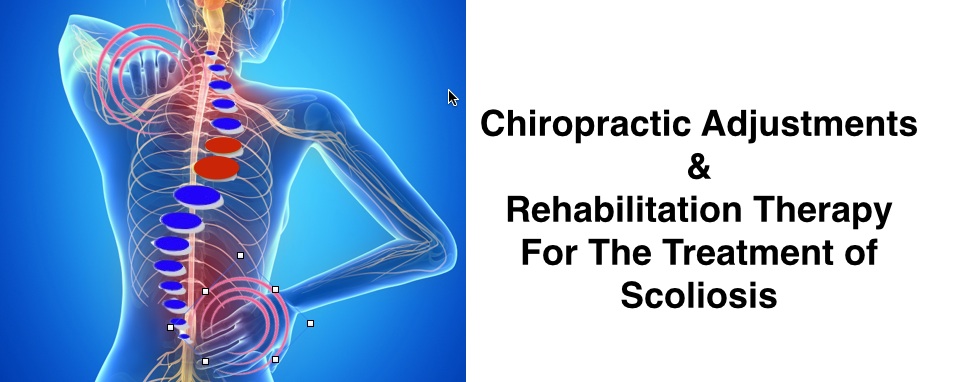A retrospective study on the effectiveness of the combination of chiropractic adjustments and rehabilitative therapy for scoiliosis was performed by Dr. Mark Morningstar.
Scoliosis Treatment Using a Combination of Manipulative and Rehabilitative Therapy: A Retrospective Case Series.
Morningstar MW, Woggon D, Lawrence G.
Source
Pettibon Biomechanics Institute 3416-A 57th St Ct. NW; Gig Harbor, WA 98335, USA. drmark2star@yahoo.com
Abstract
BACKGROUND:
The combination of spinal manipulation and various physiotherapeutic procedures used to correct the curvatures associated with scoliosis have been largely unsuccessful. Typically, the goals of these procedures are often to relax, strengthen, or stretch musculotendinous and/or ligamentous structures. In this study, we investigate the possible benefits of combining spinal manipulation, positional traction, and neuromuscular reeducation in the treatment of idiopathic scoliosis.
METHODS:
A total of 22 patient files were selected to participate in the protocol. Of these, 19 met the study criterion required for analysis of treatment benefits. Anteroposterior radiographs were taken of each subject prior to treatment intervention and 4-6 weeks following the intervention. A Cobb angle was drawn and analyzed on each radiograph, so pre and post comparisons could be made.
RESULTS:
After 4-6 weeks of treatment, the treatment group averaged a 17 degrees reduction in their Cobb angle measurements. None of the patients’ Cobb angles increased. A total of 3 subjects were dismissed from the study for noncompliance relating to home care instructions, leaving 19 subjects to be evaluated post-intervention.
CONCLUSIONS:
The combined use of spinal manipulation and postural therapy appeared to significantly reduce the severity of the Cobb angle in all 19 subjects. These results warrant further testing of this protocol.

